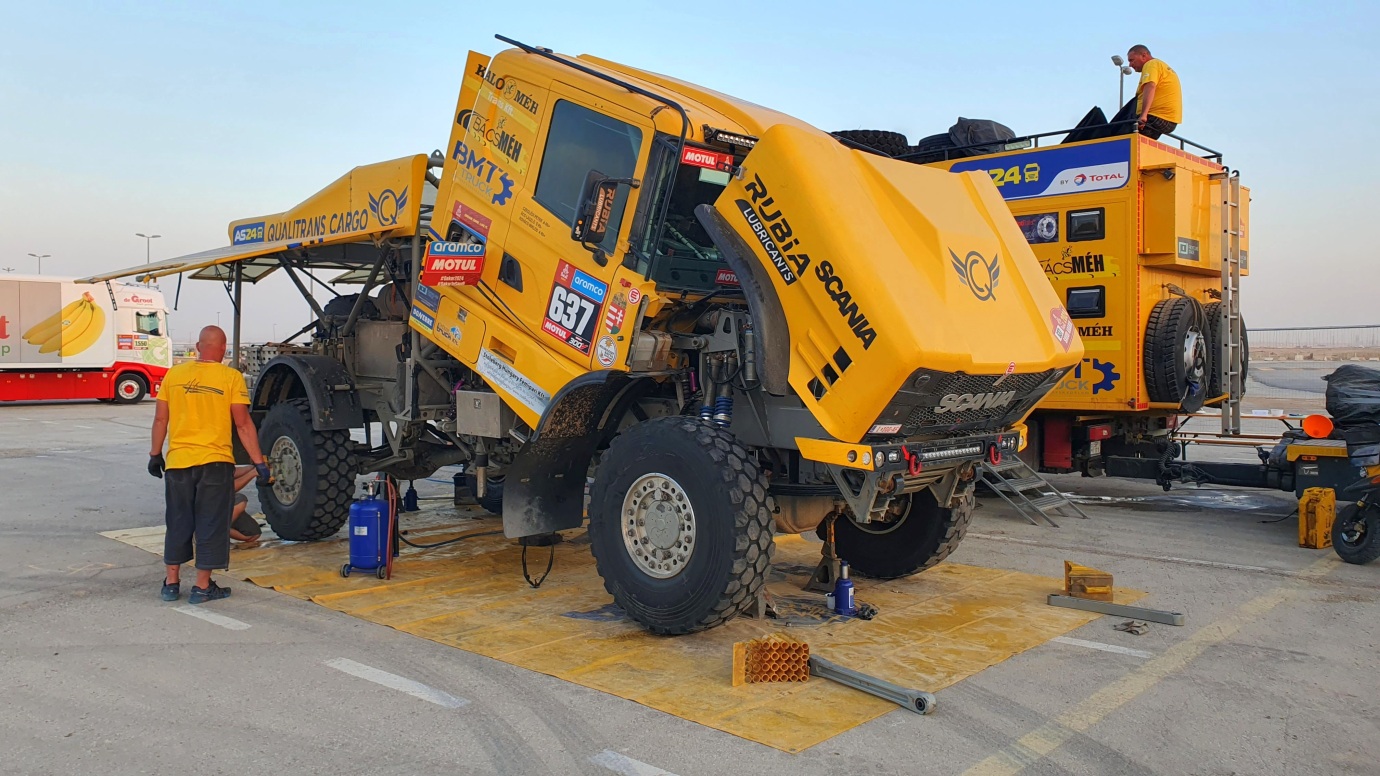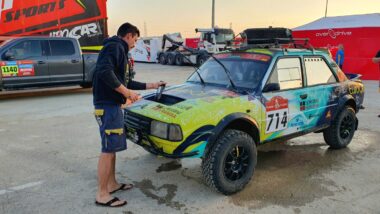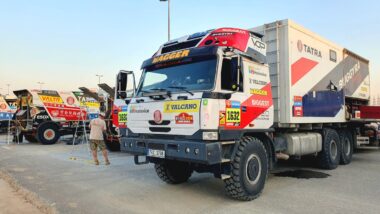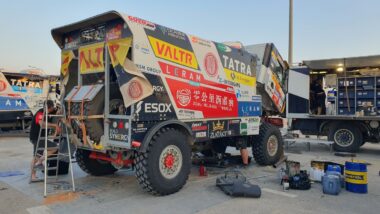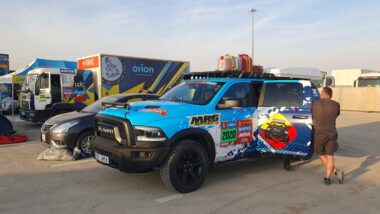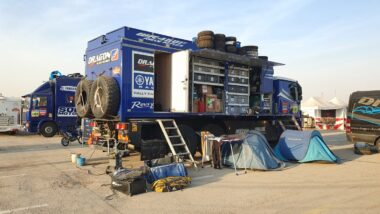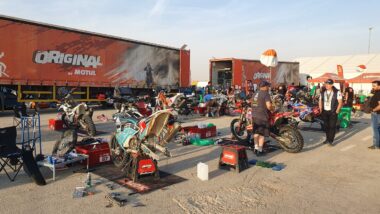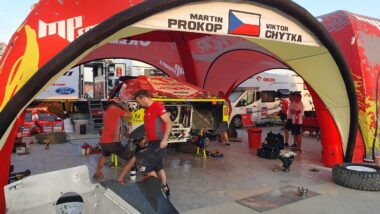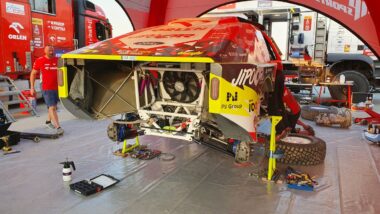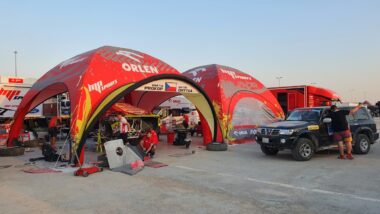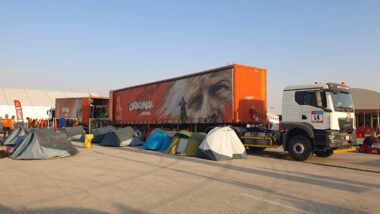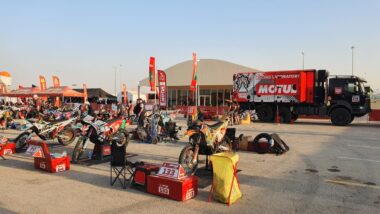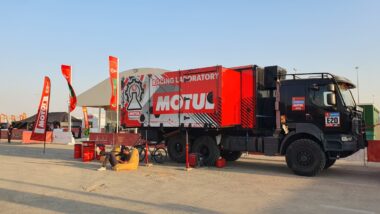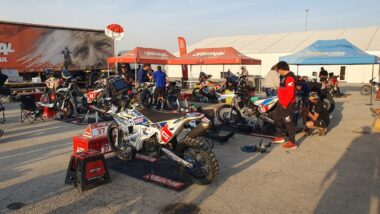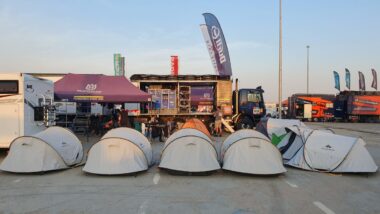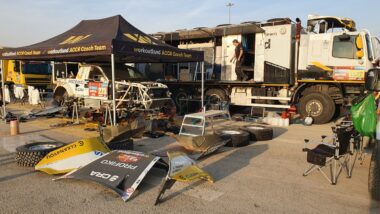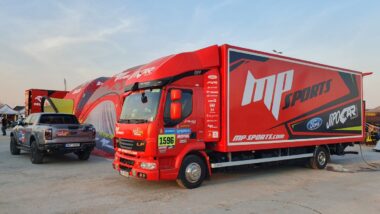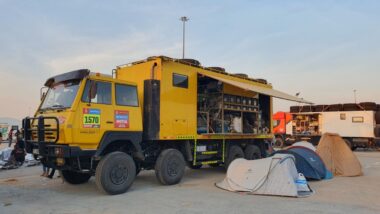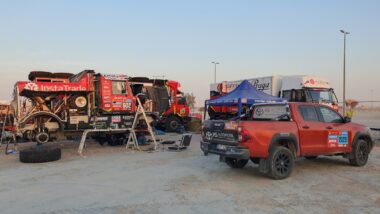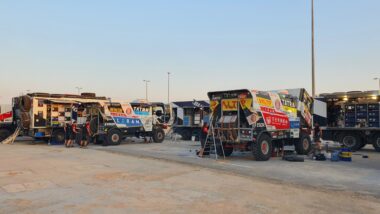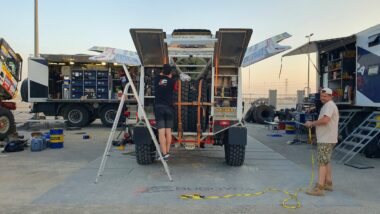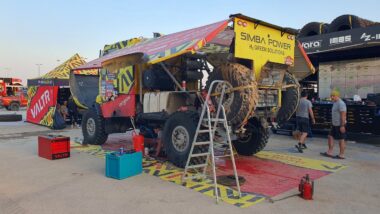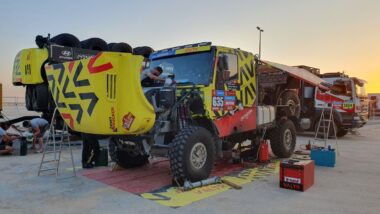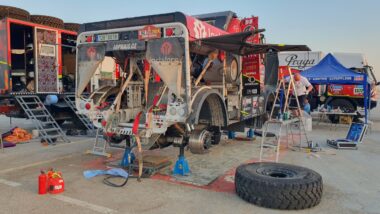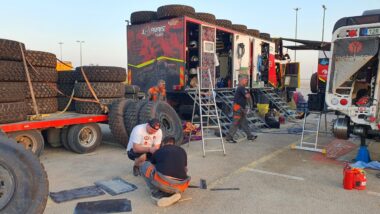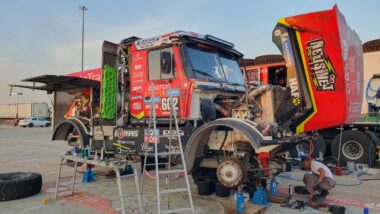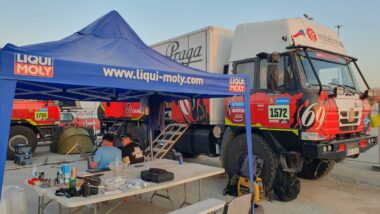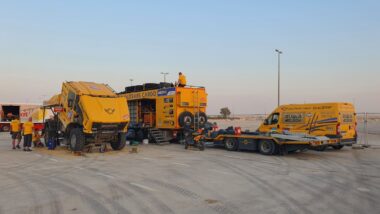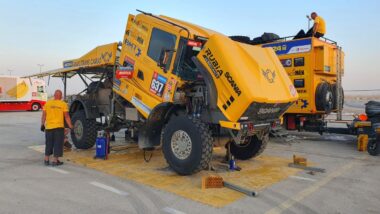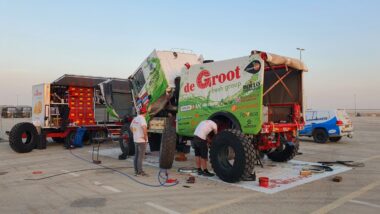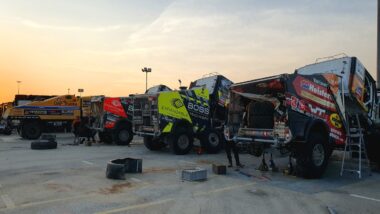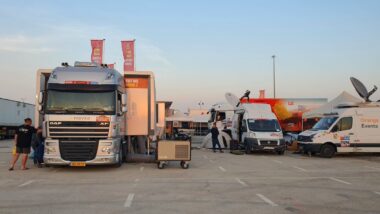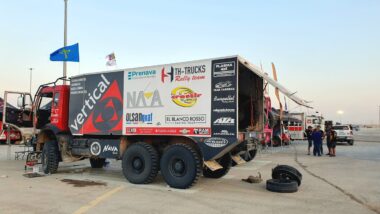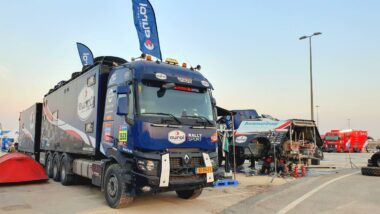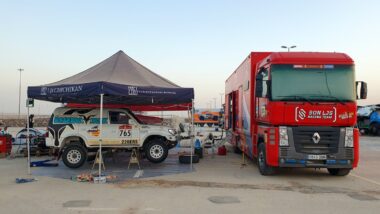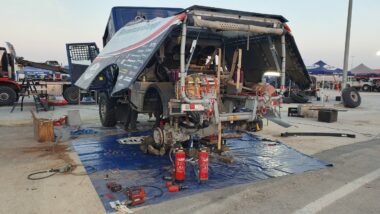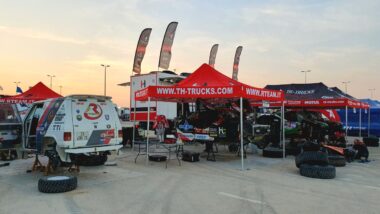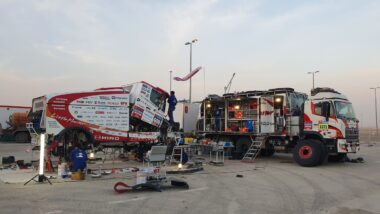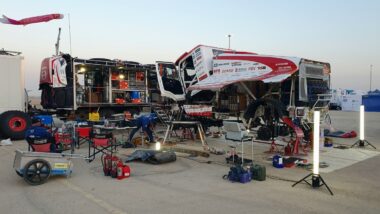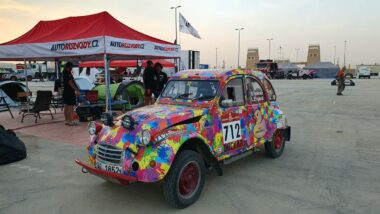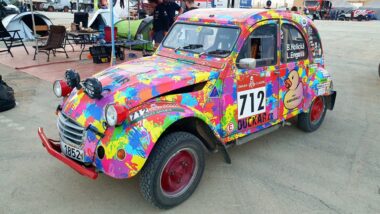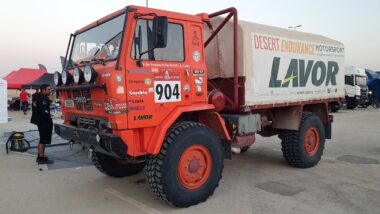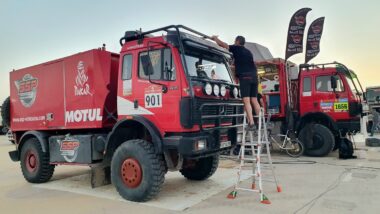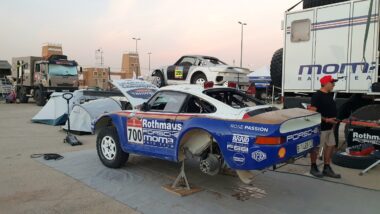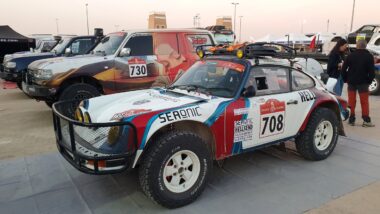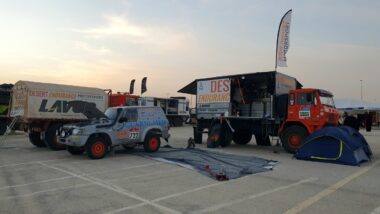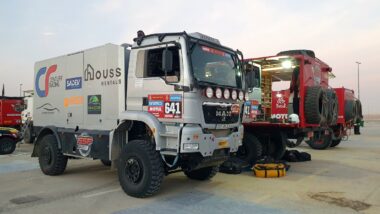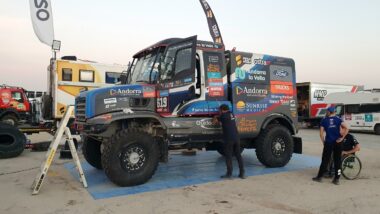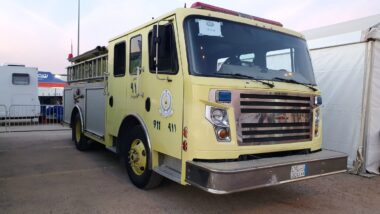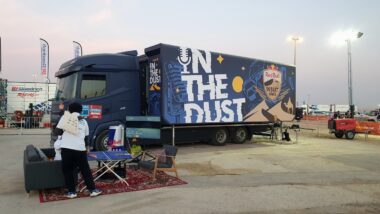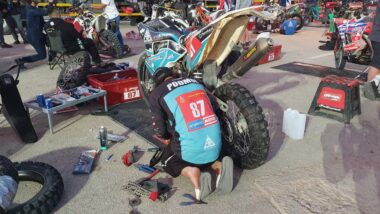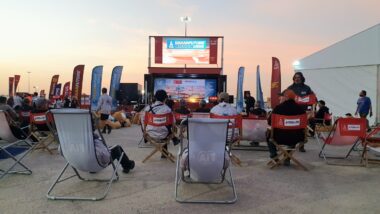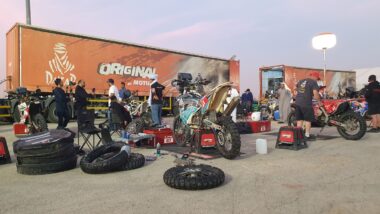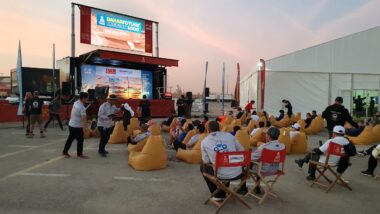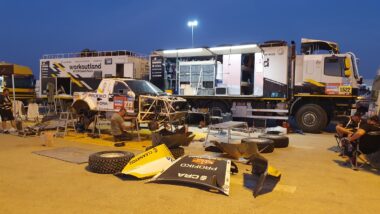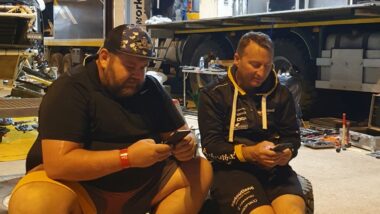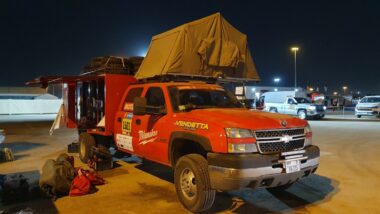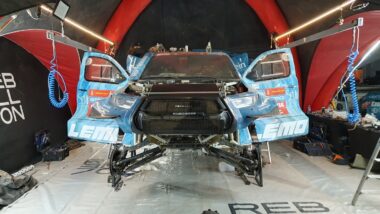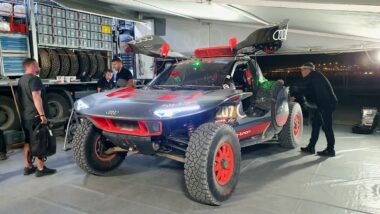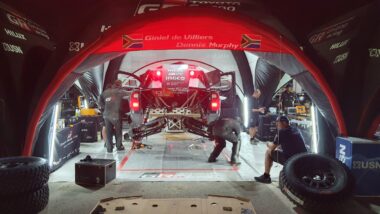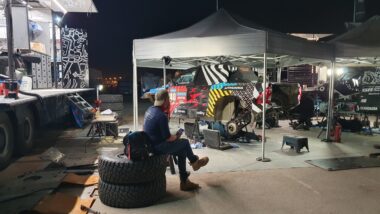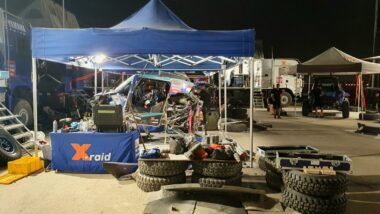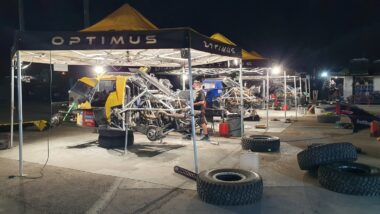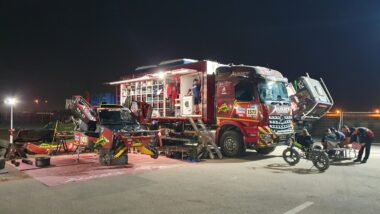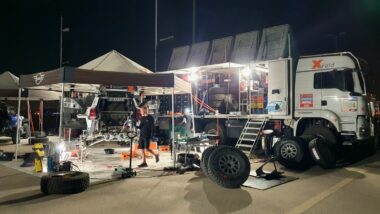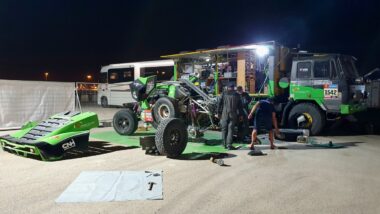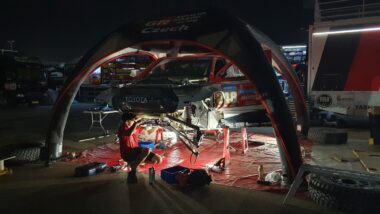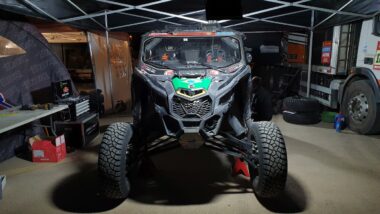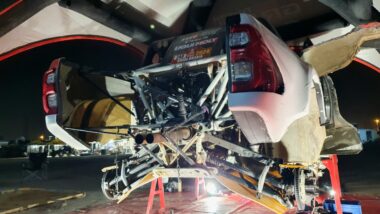After our service in Ras Al-Khaimah, we jumped into our truck and drove 19 long hours (1200 km) to catch the world’s toughest rally in the middle of the 46th edition, which started last Friday in Al-Ula.
The Dakar Rally is an automobile rally race over a route traditionally run through southern Europe and Africa before finishing in Dakar, Senegal. The Dakar Rally, first held in 1978–79, covers up to 15,000 km and is considered among the most grueling rally events. In 2009, the Dakar Rally was relocated to South America after its organizers, citing terrorist threats in Africa, canceled the 2008 race.
It’s usually not easy to get into the bivouac – a controlled and secured closed area with access limited to people who have obtained accreditations from the organizer (🎟️400 EUR per day). Of course, we did not want to pay for it, so we used our “connections” to get in to enjoy and feel the rally atmosphere. This year, 778 competitors from 72 countries joined the world’s greatest off-road adventure. All 434 vehicles have to try to get through a 7000-kilometer-long journey. The route varies, passing between large stones, over sandy tracks, and through passages off the beaten track.
Travel Tips – Exit from UAE
It took us long 4 hours to go through the UAE-KSA border. On the UAE side, they quickly stamped our passports and gave us an “exit slip.” We asked twice the passport officer if there would be customs where we could stamp our CPD, and he replied YES. But a few moments later, we discovered it was false, so we left UAE without an exit stamp in our CPD.
They stamped our passports on the KSA side without delay, and we moved to customs. There, we spent all the time waiting for the x-ray of our truck and getting the UAE exit slip-stamped. Then we bought one-week insurance from Manafith (passenger car / 138 SAR). After exiting the border, where they got our “exit slip,” we tried to get much cheaper diesel at the first gasoline station (1,17 SAR liter), but they wanted only local cash, which we did not have. At this unfriendly and messy border, the ATM does not accept foreign ATM cards, there is no money changer, and you can not buy a SIM card. So we drove another 350 km towards Riyadh to refuel at some old, dirty desert gasoline station. In Riayadh, we tried to buy credit for our STC card, but we found it cheaper to buy a new one (35GB + 45GB social media / 115 SAR / 30 days). We also changed some cash (1 EUR / 4,02 SAR).
Parking location – Riyadh: 24.959456N 46.799211E (🚻,💦,🔌)


